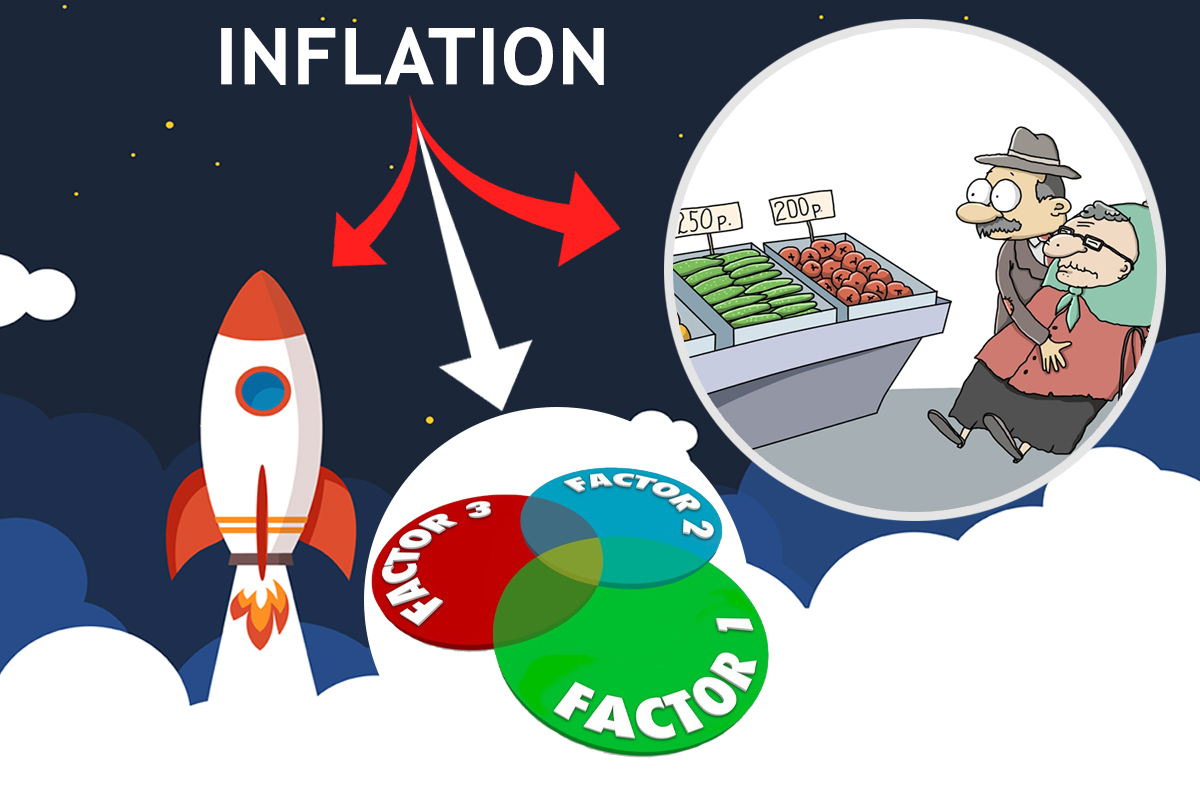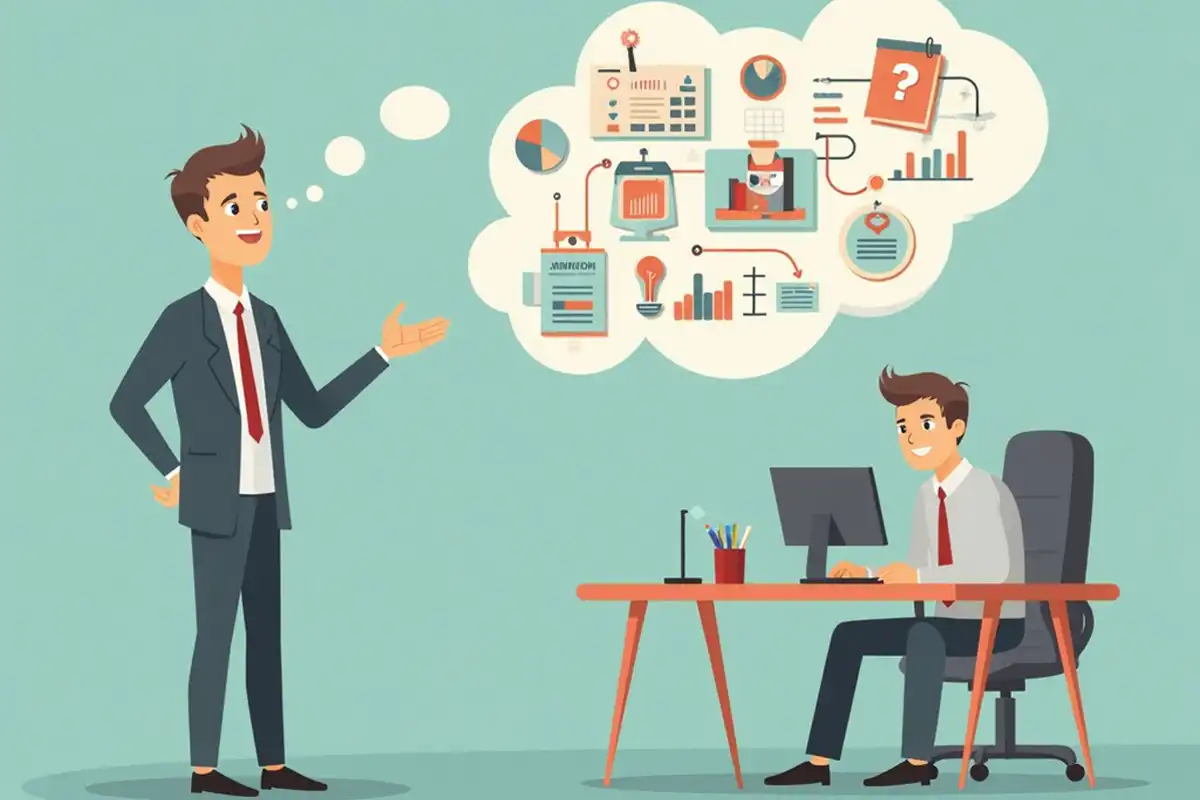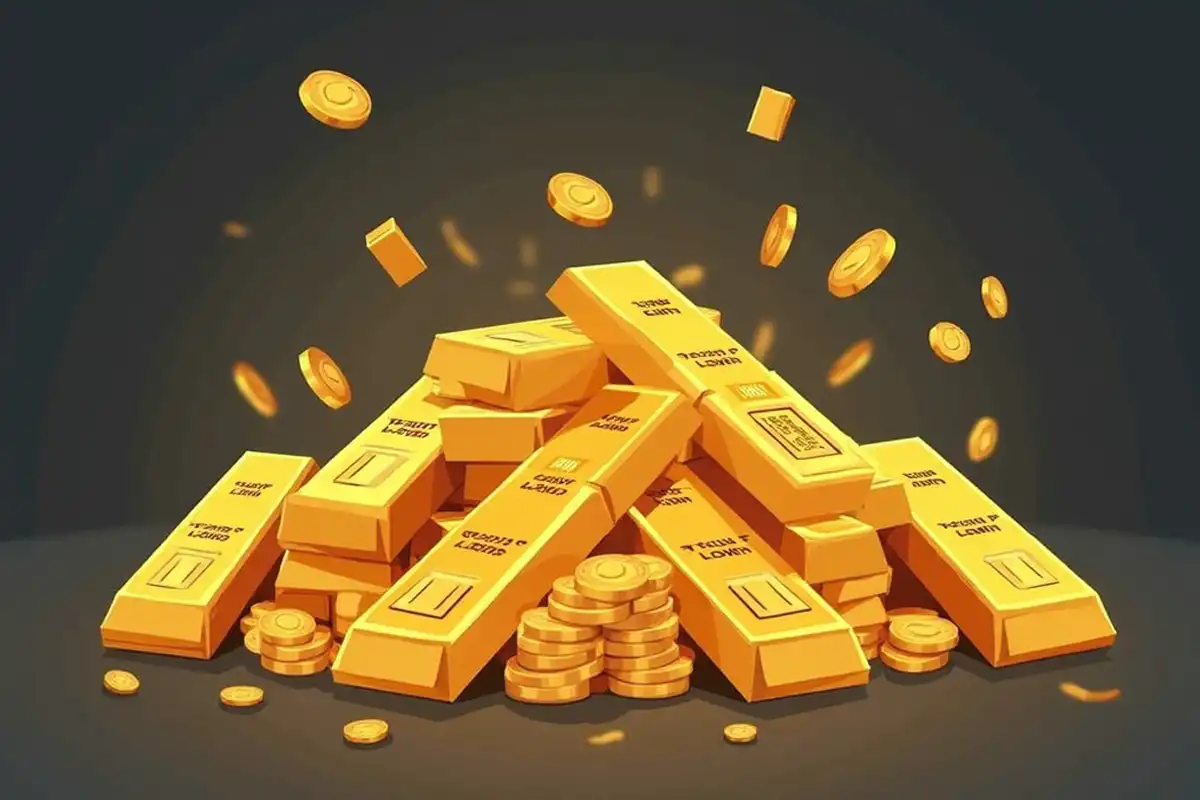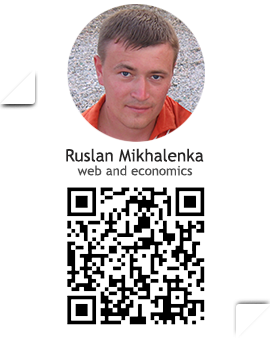Inflation is an increase in the general level of prices for goods, works and services over a relatively long period of time. The trend of long-term price growth (usually within a year) determines its value.
There is always inflation. And this is a normal process if there is no significant growth dynamics, which affects the solvency of the population and business entities, which in turn slows down the economy.
The level of inflation in the country (price growth) mainly depends on 3 factors:
- bank interest rate
With with its help, the regulator can tighten monetary policy or, conversely, weaken it (which affects the amount of money in the economy). By making cheap loans, the state stimulates the demand for money, and this in turn their spending for the benefit of the economy, and vice versa, the rise in the cost of loans contributes to its fall.
- the balance of goods and money supply
is a normal controlled process - when there is a balance between money and goods, and this balance has a slight annual deviation (growth or decline). The excess of the number of monetary units (for example, in the case of the inclusion of a printing press) over the quantity of goods contributes to an increase in prices for the latter.
If the amount of product (GDP) falls relative to the money supply in circulation, this will cause a deficit, and it, in turn, will increase prices. That is, the number of national monetary units will be greater relative to the goods-the material values of the country. And this is inflation. Therefore, it is important for the state to always increase the volume of GDP relative to the available volume of the national currency in circulation.
- from the cash balance on export-import operations
In other words, from the share of imports (purchases for foreign currency) of products, services in the total volume of purchases and the amount of currency received into the country (from exports – sales in foreign markets for foreign currency) to provide for this import. Surpluses from exports provide an increase in the state's gold and foreign exchange reserve for the "best of times". That is, if there is a tendency in the country to increase imports and decrease exports, this will lead to devaluation (depreciation of the national currency), since the need for foreign currency will prevail over its receipt. The depreciation of the national currency occurs, in this case, due to the fact that the demand for the currency will be increased due to its insufficient quantity, and in order to balance it, the National Bank (regulator) according to the exchange principle, it increases the value of foreign currency, which is devaluation. If there is a significant share of purchases for foreign money in the country's total commodity balance, and its value is growing (due to devaluation), then this naturally causes a general increase in consumer prices by a certain amount (in the total volume of the consumer basket), that is, inflation.
Therefore, it is very important for the regulator (represented by the National Bank, the Central Bank, the Federal Reserve System) to find the right ways to regulate pricing policy, which is the main factor of economic development and stability in the state.
Thus, the main levers for regulating inflationary processes are:
- bank interest rate
- currency interventions for containment (withdrawal and infusion of currency by the regulator into the domestic market) in order to artificially maintain the exchange rate of the national monetary unit. This is especially true when a large share of imports with small exports
- internal economic processes – GDP, import, export
Inflation on a simple - how everything is connected - Somehow so!


































